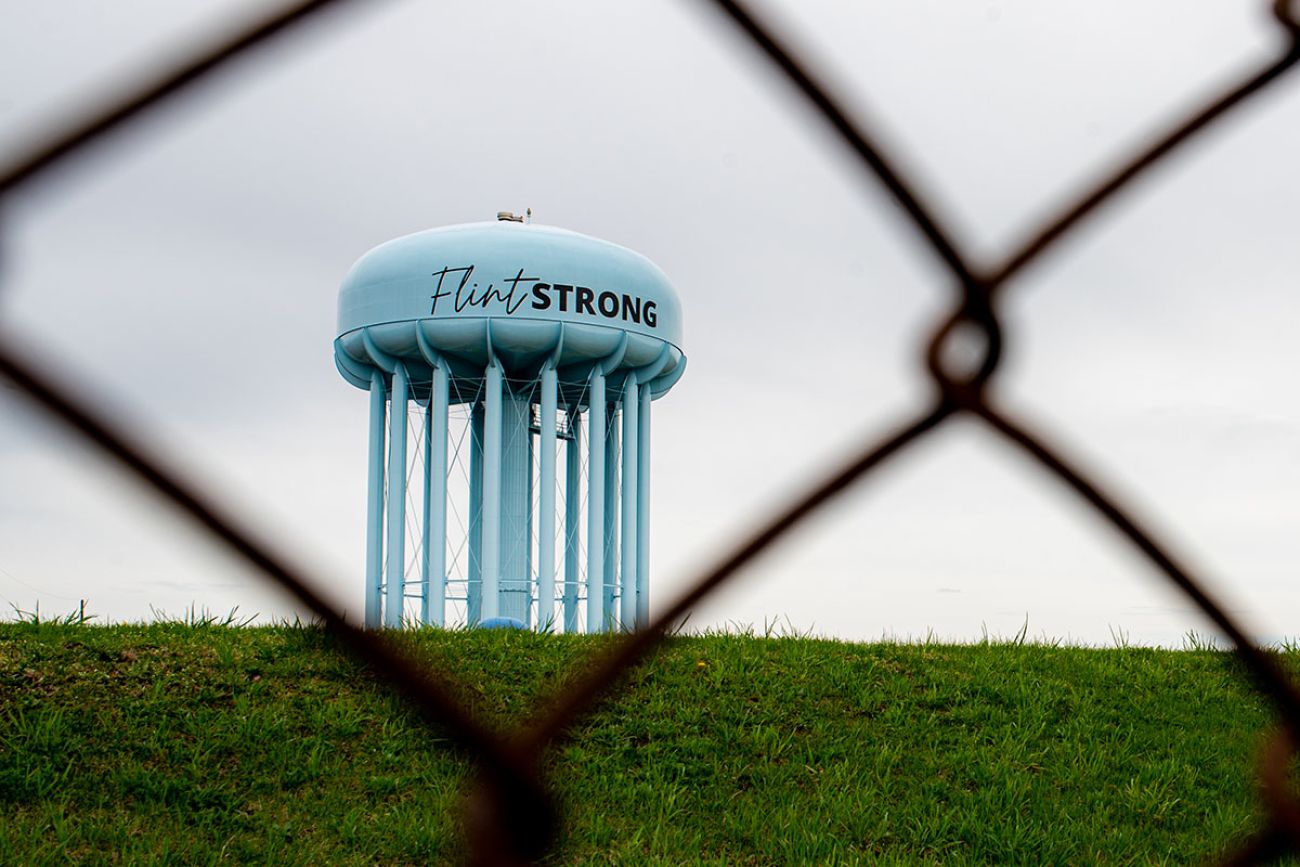Blood lead levels continue to fall in Michigan: Look up your ZIP code

- Lead has been declining as a health issue for Michigan children for decades
- Between 1999 and 2017, the percentage of children with elevated lead levels dropped by more than 90%
- After an increase during the height of the water crisis, Flint has seen its rates drop to historic lows
The percentage of Michigan children with elevated levels of lead in their blood is plummeting, including in Flint, where a water crisis a decade ago caused lead to leach into the water supply.
Lead is a neurotoxin that can cause permanent damage with high-enough exposure.
Particularly vulnerable: young children, who scientists warn can suffer from diminished learning ability, behavioral problems and mental health issues.
Lowering the percentage of children with elevated lead levels is one of the greatest public health achievements of the 20th century. Until the early 1970s, lead was used as an additive in paint to improve durability and commonly applied to toys and homes.
Today, most children come in contact with lead in old homes through paint chips, dust and dirt.
Between 1999 and 2022, the percentage of children with blood lead levels of 5 micrograms per deciliter or higher dropped by more than 90%, from 42.7% to 2.1% statewide.
In Flint, the share dropped from 37.3% in 1999 to 3.5% in 2017, the most recent year for which Flint-specific figures are available.
Flint drew national attention a decade ago when a series of missteps led to the leaching of lead into the city's water supply.
For 18 months, some of the city’s children, the age group most vulnerable, were drinking and bathing in water that included a neurotoxin that, in high enough quantities, can cause lowered IQ and behavioral issues.
At the peak of the crisis in 2014, the percentage of children in Flint who met or exceeded the Centers for Disease Control’s level for concern (5 micrograms per deciliter) was 4.9% — an increase from 2.2% the year prior to the water supply switch.
By comparison, the state average in 2014 was 3.5%.
The fact that lead rates were increasing was alarming, because they had not only dropped for decades, but because rising levels in Flint were caused by government missteps.
Beyond lead, the water crisis was a public health disaster.
At least 90 people were sickened and 12 died from a Legionnaires' disease outbreak connected to the water crisis, and many families reported rashes and hair falling out.
See what new members are saying about why they donated to Bridge Michigan:
- “In order for this information to be accurate and unbiased it must be underwritten by its readers, not by special interests.” - Larry S.
- “Not many other media sources report on the topics Bridge does.” - Susan B.
- “Your journalism is outstanding and rare these days.” - Mark S.
If you want to ensure the future of nonpartisan, nonprofit Michigan journalism, please become a member today. You, too, will be asked why you donated and maybe we'll feature your quote next time!








